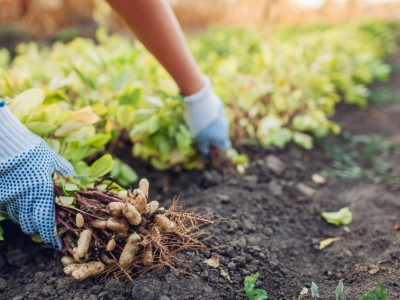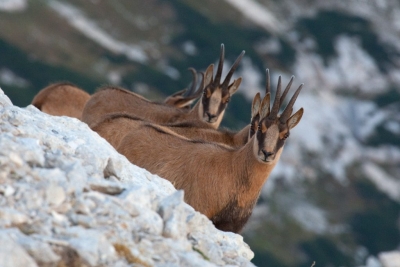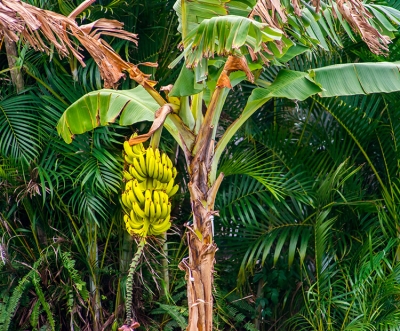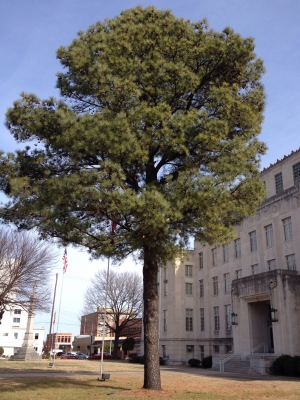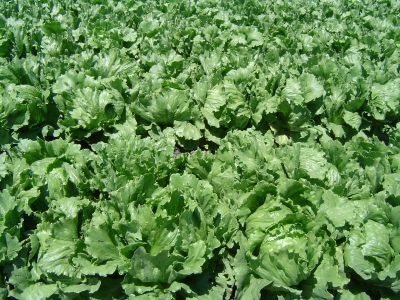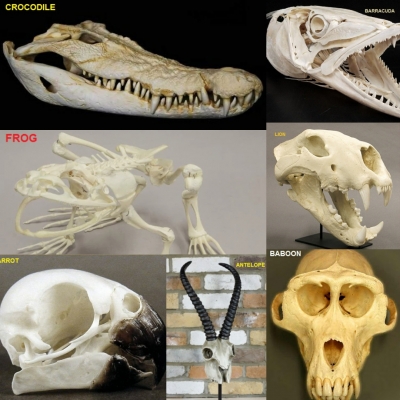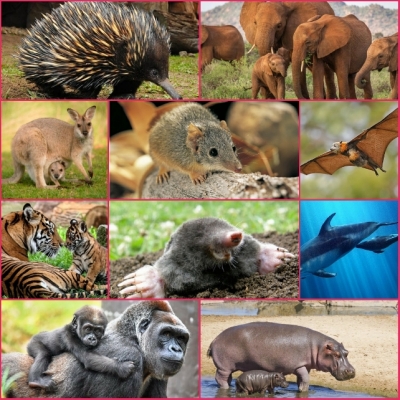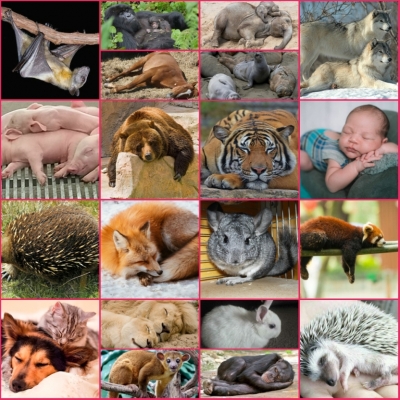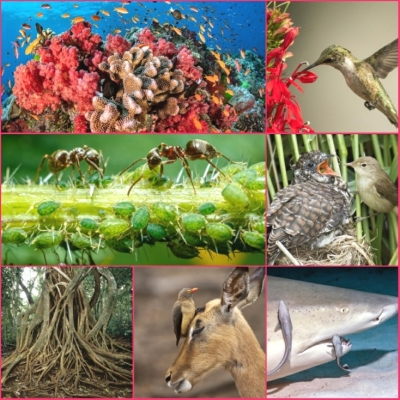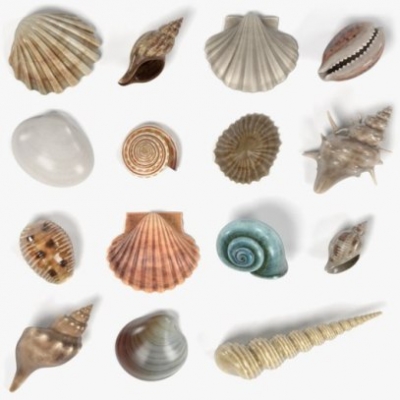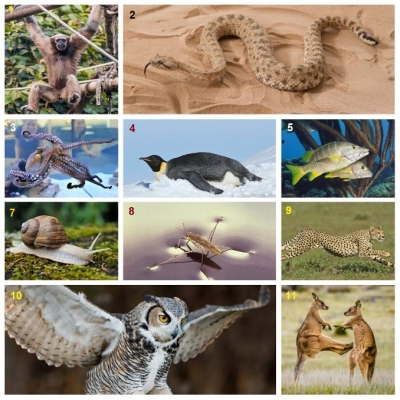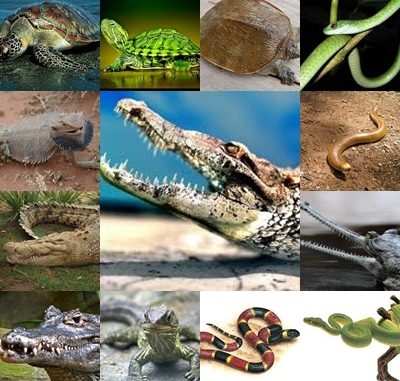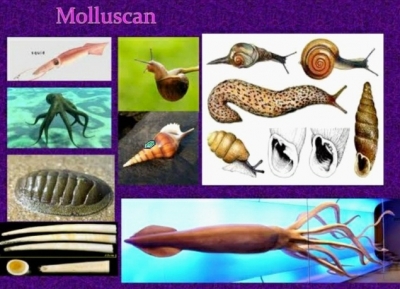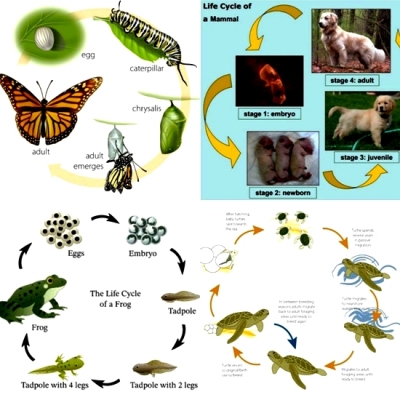Does Rafflesia have stem?
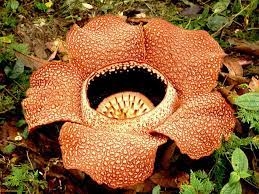
Rafflesia, native to Indonesian rainforests, is a parasite plant which produces the largest single flower that stinks. With no leaves, stem or roots, it lacks chlorophyll to aid photosynthesis. It attaches itself to a wine called Tetrastigma from which it absorbs water and nutrients.
The only part of the plant that can be seen outside the host vine is the five-petalled flower. In some species, such as Rafflesia arnoldii, the flower may be over 100 centimetres (40 in) in diameter, and weigh up to 10 kilograms (22 lb). A Rafflesia that flowered in West Sumatra in 2019 was measured to be almost 4 feet (120 cm) in diameter, the largest flower ever recorded – 4 inches (10 cm) wider than the flower reported as the largest in 2017. Even one of the smallest species, R. baletei, has 12 cm (5 in) diameter flowers.
The flowers look and smell like rotting flesh. The foul odour attracts insects such as carrion flies, which transport pollen from male to female flowers. Most species have separate male and female flowers, but a few have hermaphroditic flowers. Little is known about seed dispersal. Tree shrews and other forest mammals eat the fruits.[8] The extremely tiny seeds have an extremely tiny elaiosomes, and are thus most likely dispersed by ants. The seeds are packed into berries, which contains hundreds of thousands of seeds.
Picture Credit : Google
